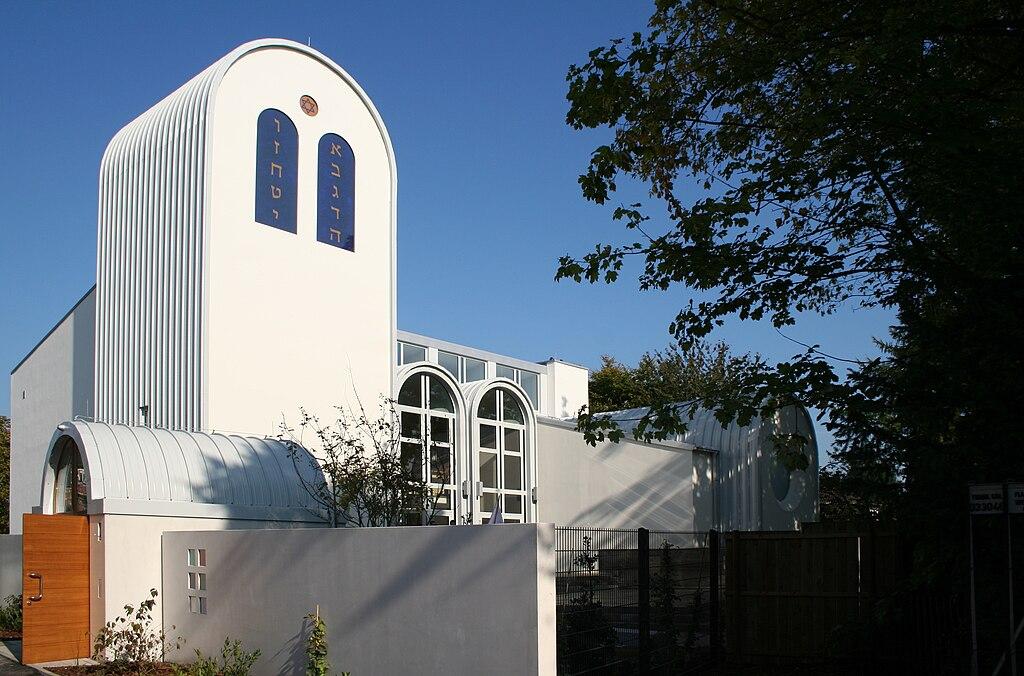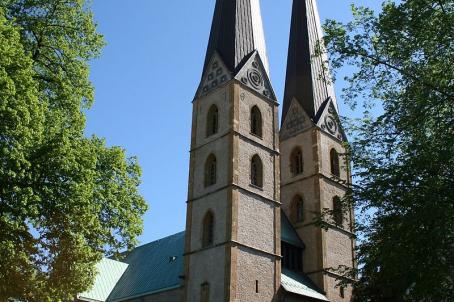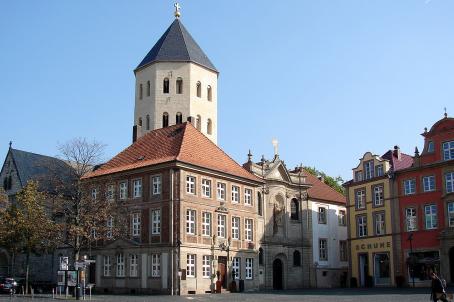Paul-Gerhardt Church/ Beit Tikwa Synagogue

Built in 1958, the Paul-Gerhardt Church in Bielefeld merged in 2005. Protests erupted in 2007 when it was sold to the Jewish community. After renovations, it became the Beit Tikwa synagogue in September 2008.
About this building
The Paul-Gerhardt Church in Bielefeld, Germany, was built in 1958 and had a divided congregation in 1958. In 2005, the church merged with another congregation, and shortly after, the decision to sell the building was made. The Jewish community expressed interest in acquiring the church, leading to protests from a citizen initiative concerned about the loss of their own church. After a three-month occupation and negotiations, the church was sold to the Jewish community in 2007.
The conversion into a synagogue began, involving the removal of the church's spire and bells. The renovation, completed in September 2008, maintained the original church structure, with alterations to accommodate the new purpose. The building, now known as Beit Tikwa (House of Hope), serves as a synagogue for the Jewish community in Bielefeld, with preserved elements like stained glass windows and an organ. The project received funding from the community, the city, and the state of North Rhine-Westphalia.





